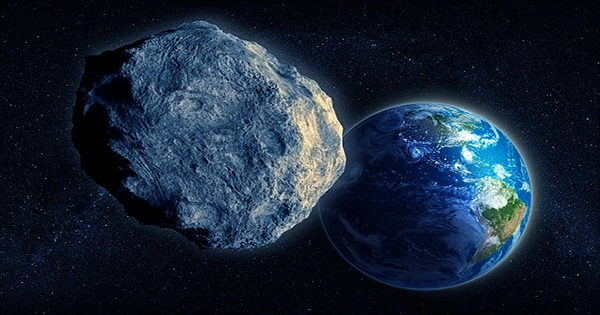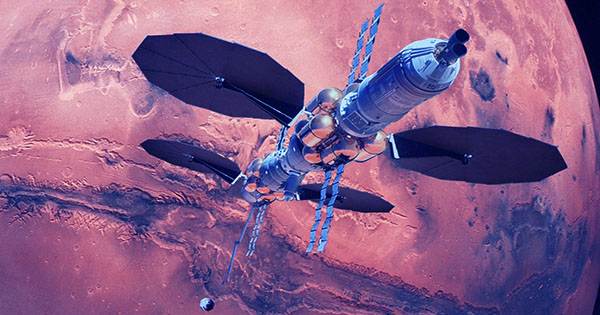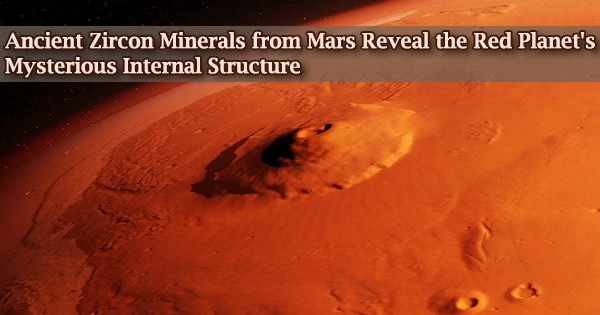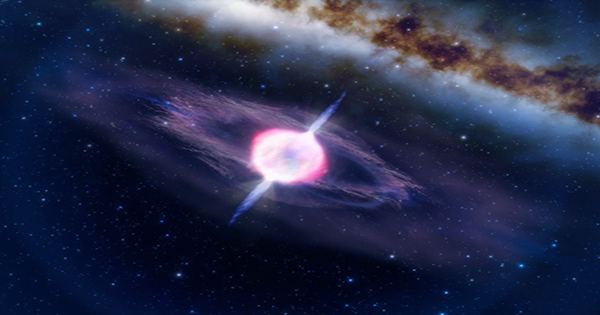After learning this week that it won’t be repaired after collapsing in 2020, the famous Arecibo observatory may no longer function as a telescope, but that doesn’t mean it has stopped adding to our understanding of the cosmos. According to recent research, the well-known “possibly hazardous” asteroid 3200 Phaethon has something fresh and strange.
Being the only known asteroid parent body of a meteor shower, Phaethon is already a peculiar asteroid due to its unusual blue color and comet-like behavior. It is just the 11th known asteroid to exhibit this change in rotation rate.

Phaethon, so named because its orbit brings it closer to the Sun than any other identified asteroid, was the son of the Greek sun deity Helios. Due to its size and vicinity, it does not represent a threat to Earth, but because it is considered a “possibly hazardous” asteroid, it is closely researched.
An asteroid seldom modifies its rate of rotation. With a diameter of 5.4 kilometers (3.4 miles), Phaethon is the biggest of the 11 known space rocks to accomplish this. It rotates once every 3.6 hours and has a highly precise orbit, which is how we know it poses no threat.
However, the most recent observations show that it is getting shorter by 4 milliseconds year.
The DESTINY+ mission from the Japan Aerospace Exploration Agency (JAXA) is scheduled to fly past the asteroid in 2028, thus learning Phaethon is speeding up could have significant effects for the craft’s meticulously planned course.
Sean Marshall, a planetary scientist at Arecibo Observatory, has been attempting to determine the size, shape, and rotation of Phaethon in advance of this mission using stellar occultations and light curve observations, which are similar to how we find exoplanets. Stellar occultations are when an asteroid passes in front of a star, causing its light to dip. Marshall developed a model using data from 1989 to 2021 that reveals Phaethon is shaped like a top, just like the targets for the asteroid sample mission Bennu and Ryugu.
Marshal was unable to make the most recent light curve readings from 2021 fit the model, though. The object has to be rotating at a constant rate, or it would be speeding up, for the model to operate.
Marshall stated in a statement that “the projections from the shape model did not match the evidence.” When Phaethon was actually observed to be brightest, the times when the model was brightest were plainly out of sync. I came to the realization that this could be explained by Phaethon’s rotation period shifting slightly before the 2021 observations, possibly as a result of comet-like activity in December 2020 when it was close to perihelion.
Fortunately, this does not indicate that DESTINY+ needs to reconsider its goals. In fact, according to Marshall, this is good news for the team because the steady change allows them to predict Phaethon’s orientation at the time of the planned flyby with a high degree of accuracy. They will also know which parts of the asteroid will be illuminated by the Sun at that time, which will allow them to capture some breathtaking images of the asteroid’s surface as it passes by.
















